Guide to Paris Treasure Hunting
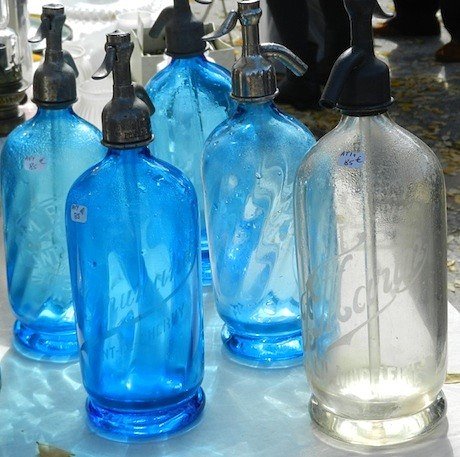
Tue 9 Jul 2013
One of the charms of browsing the secondhand dealers in Paris is the thrill of the unexpected. Landing eyes on an item that evokes pleasant memories, or that taunts with promises of fitting a spot or filling a need perfectly, clutches the shopper’s heart—and wallet. As someone who has written a guide to Paris markets, I’ve learned that antiques, brocante and vintage are an important part of the Paris shopping experience.
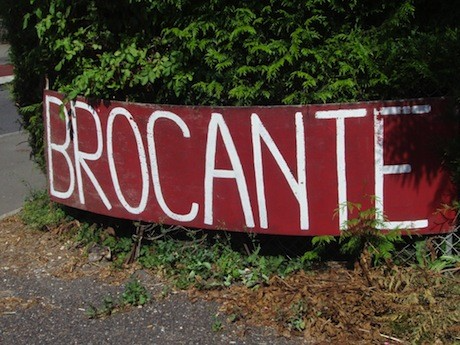
Photo via mydeco.com.
First, let’s get some terms straight. Les marchés aux puces generally refer to the regularly occurring flea markets. In Paris, the main ones are Saint-Ouen, Porte de Vanves and Porte de Montreuil. Each of these is open at the same place and time every weekend.
The brocantes, however, are roving and temporary fairs that spring up in different neighborhoods on a seemingly random schedule. Sellers often specialize in certain midrange secondhand items. They set up on Saturday morning and pack up any unsold items by the next afternoon, awaiting the next stop in the brocantes circuit.
Vides-greniers, or “emptying the attic,” are similar to yard sales, where individuals unload their unwanted possessions for a few euros apiece. Sometimes a few treasures lurk among the motley assortment.
At the other extreme are salons des antiquaires. Again, these are temporary gatherings but filled with high-end antiques, with prices to match. Sellers set up in tented outdoor spaces for several days at a time, usually twice a year. There’s one at the Place de la Bastille, for example, every May and November, where about 500 vendors come from all over France.
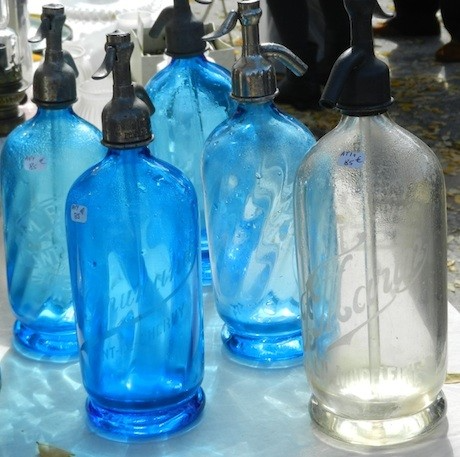
Photo: Marjorie Williams.
The brocantes are especially popular in springtime. Although schedules and locations seem random, they’re really not. Usually people learn about them a week in advance when yellow banners announcing them suddenly appear in the neighborhood. I’ve been known to reschedule my weekend plans in a flurry to accommodate a brocante that I learned about at the last minute. While that can put a strain on friendships, the brocantes provide plentiful opportunity to find gifts and thank people for their flexibility. But if you like to plan ahead, check out Info-brocantes.com and vide-greniers.org. The magazine Antiquités Brocantes, which you can find in Paris, also provides a listing.
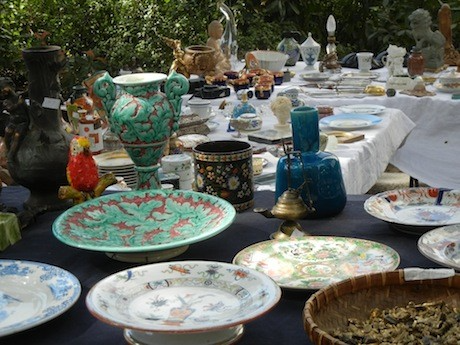
Photo: Marjorie Williams.
Besides these pop-up affairs, there are also outstanding brocante fairs that occur annually outside Paris. For example:
Brocante de Chambord
This huge fair takes place May 1 each year. Sellers from all over France set up their wares on the grounds of the 16th-century Château de Chambord in the Loire Valley.
La foire nationale à la brocante et aux jambons
Otherwise known as the “ham and flea” market, this fair occurs twice a year, usually March and September, in a suburb of Paris called Ile de Chatou.
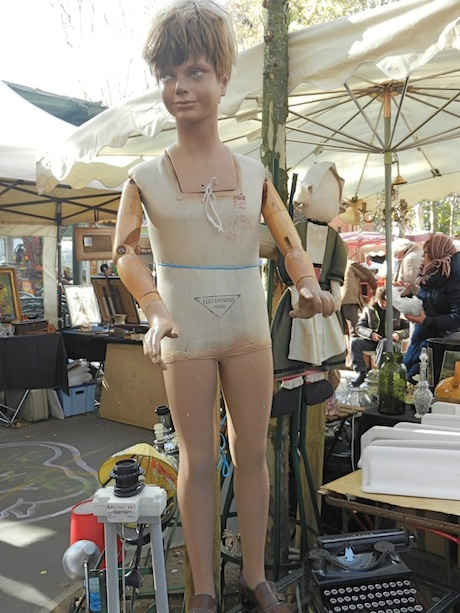
Photo: Marjorie Williams.
Given the long and storied past of the French bourgeoisie, there are many treasures to be found. Often they are mixed in with heaps of junk. One of my favorite purchases came from a brocante I stumbled upon near Montmartre last fall—an antique letter opener inlaid with mother-of-pearl, which I discovered near the feet of this mannequin. Such are the joys of la chasse au trésor in and around Paris.
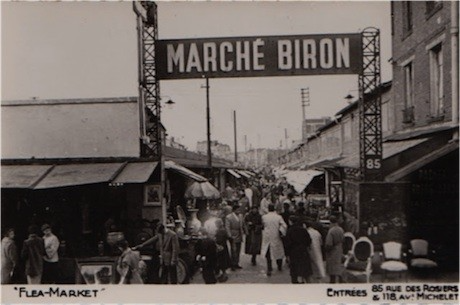
Photo via secondshoutout.com.
Related Links
Info-brocantes.com
vide-greniers.org
Salons des antiquaires
Brocante de Chambord
La foire nationale à la brocante et aux jambons
Marjorie R. Williams is coauthor and photographer of Markets of Paris, Second Edition. She lived in Paris while researching and photographing the markets. A fan of markets since childhood, she seeks them out wherever she goes. For more information, visit her website.
Editor’s note: Have you heard about the GG2P Travel Club yet? There are three levels at which to join—and the first one is free!